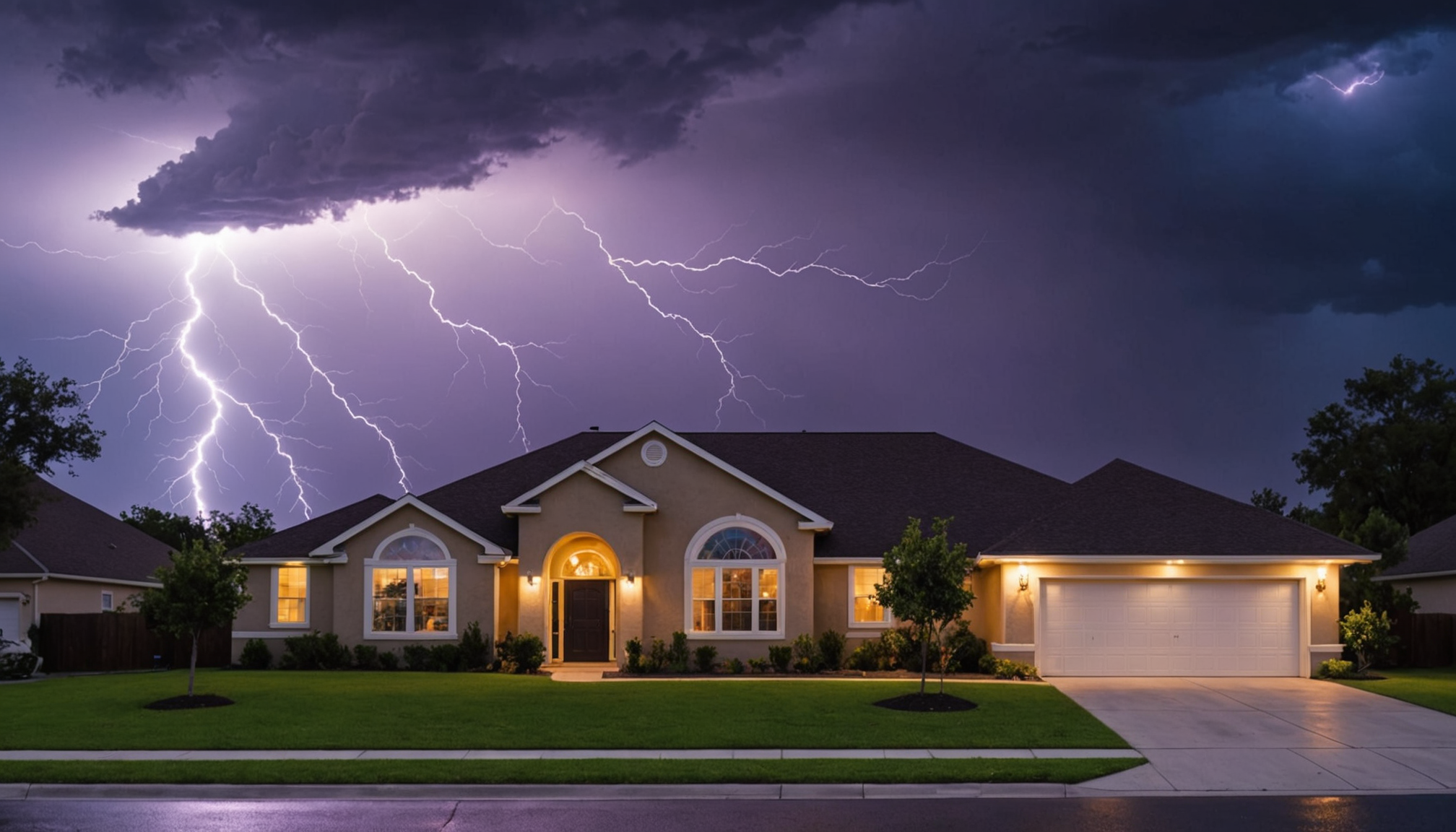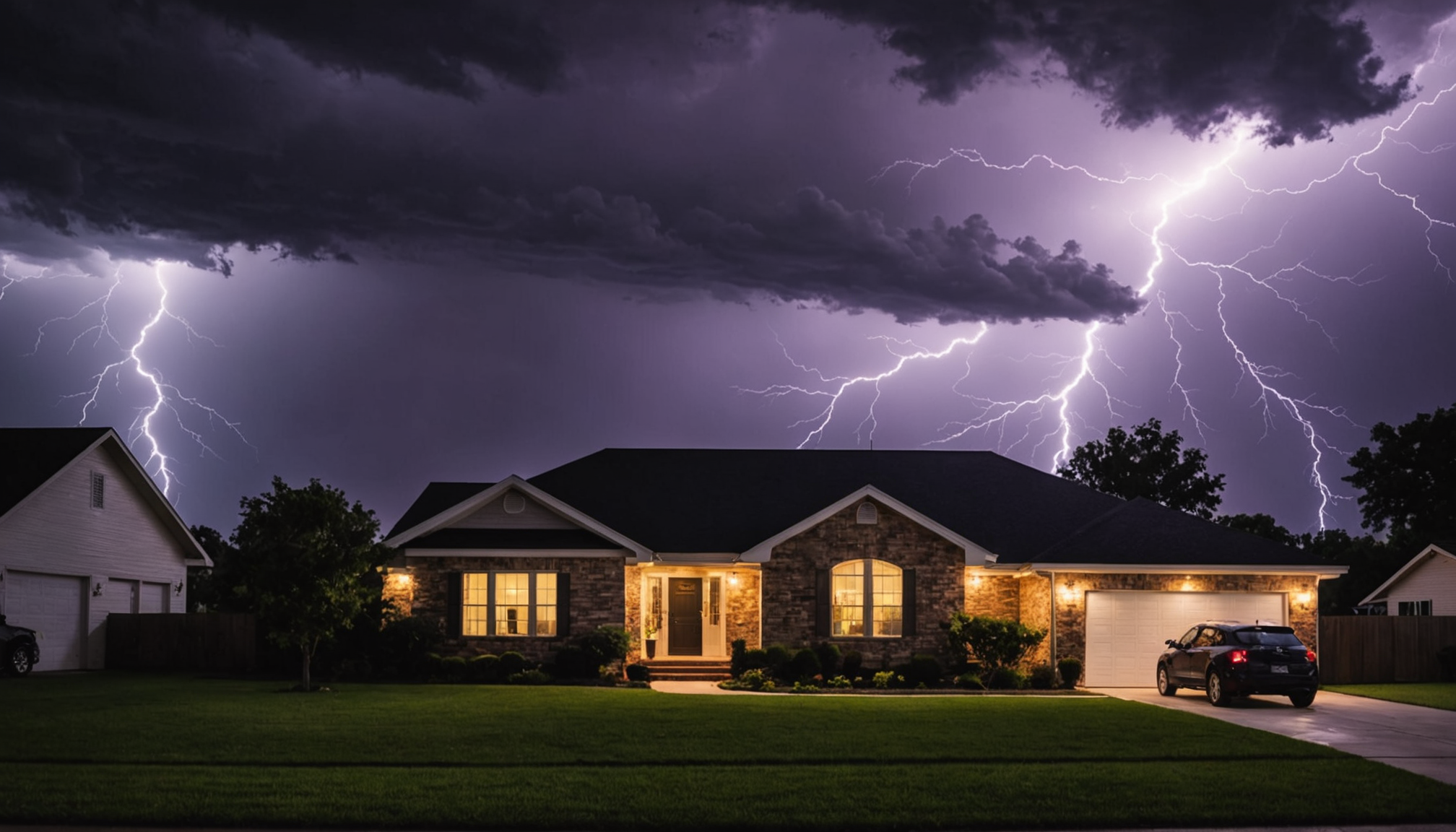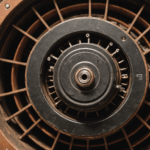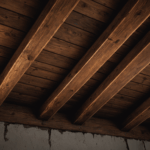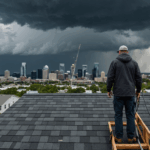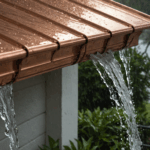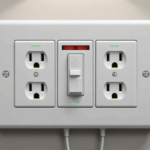Orlando ranks among the top U.S. cities for lightning activity, with Florida experiencing approximately 1.45 million lightning strikes annually, according to the National Weather Service. The region’s unique geographical location and atmospheric conditions create what meteorologists call “Lightning Alley,” stretching from Tampa through Orlando to Jacksonville, making electrical safety a crucial concern for homeowners.
During the peak lightning season from May through September, Orlando residents face an average of 100 thunderstorm days per year, significantly higher than the national average of 38 days. The National Fire Protection Association reports that lightning strikes cause approximately $1.8 billion in insurance claims annually, with Florida accounting for the highest percentage of these claims.
For Orlando homeowners, the risks extend beyond direct lightning strikes. Even lightning hitting up to a mile away can send powerful electrical surges through utility lines and into homes, potentially damaging or destroying sensitive electronics and appliances. A single lightning strike can generate up to 200,000 amps of electricity, while most household appliances are designed to handle only 15 to 20 amps.
- Lightning can enter homes through:
- Power lines
- Telephone and cable TV lines
- Satellite dishes
- Internet cables
- Metal water pipes
According to the Insurance Institute for Business & Home Safety, the average lightning-related home insurance claim in Orlando amounts to $11,000. These damages often result from secondary effects, such as power surges that overwhelm standard outlet surge protectors. The University of Florida’s Department of Electrical Engineering emphasizes that homes in Orlando should implement comprehensive surge protection strategies due to the region’s extraordinary lightning frequency.
Recent data from Duke Energy Florida indicates that lightning-related power quality issues affect approximately 30% of Orlando homes annually, leading to premature appliance failure and electronic equipment damage. This statistic underscores the importance of understanding and preparing for lightning risks in the region, particularly as homes become increasingly dependent on sensitive electronic systems and smart technology.
Protecting your electronics and appliances
A layered approach to electrical surge protection is essential for safeguarding your valuable electronics and appliances in Orlando’s lightning-prone environment. Modern homes contain sophisticated electronics worth thousands of dollars, from smart home systems and entertainment centers to high-end appliances, all of which are vulnerable to power surges.
Point-of-use surge protectors, while helpful, shouldn’t be your only line of defense. These devices typically offer protection ranging from 400 to 600 joules, which may prove insufficient during severe lightning storms common in Orlando. High-quality surge strips should be used in conjunction with whole-home surge protection, creating multiple barriers against electrical anomalies.
For optimal safety, experts recommend implementing a three-tier protection strategy. The first tier involves whole-house surge protection at the electrical panel, the second includes dedicated circuit protection for major appliances, and the third consists of point-of-use surge protectors for electronics. This comprehensive approach provides maximum security against both external and internal power surges.
Special consideration should be given to protecting high-value equipment such as HVAC systems, refrigerators, and washing machines, which often contain sensitive microprocessors. These appliances should be connected to dedicated surge protection devices rated for their specific power requirements. Additionally, valuable electronics like computers and entertainment systems should utilize UPS (Uninterruptible Power Supply) systems that provide both surge protection and battery backup.
- Replace point-of-use surge protectors every 2-3 years or after major surge events
- Never daisy-chain surge protectors or power strips together
- Look for surge protectors with UL 1449 certification and indicator lights
- Consider protection for data and communication lines, not just power connections
Professional surge protection installation
A common yet dangerous mistake homeowners make is attempting DIY installation of whole-home surge protection systems. Professional installation by a licensed electrician is crucial for both electrical safety and optimal protection. In Orlando’s lightning-prone environment, improper installation can leave homes vulnerable to devastating power surges or create potential fire hazards.
Many people mistakenly believe that mounting a surge protector near the electrical panel is sufficient. However, proper installation requires direct integration into the main electrical panel, including correct sizing of circuit breakers and appropriate grounding techniques. Licensed electricians understand local electrical codes and can ensure the system meets Orlando’s specific requirements for surge protection.
Another frequent error is selecting an underrated surge protection device. Professionals can properly assess your home’s electrical needs and recommend appropriate protection levels based on your specific situation. They’ll also verify that the system’s voltage protection rating (VPR) matches your home’s electrical system specifications.
Some homeowners overlook the importance of proper grounding during installation. A competent electrician will verify and potentially upgrade the home’s grounding system, which is essential for surge protection effectiveness. Poor grounding can render even the best surge protection devices ineffective during lightning events.
Common installation mistakes to avoid:
- Installing surge protection without turning off main power
- Failing to check for proper grounding
- Incorrect wiring connections
- Using incompatible surge protection devices
- Neglecting to obtain necessary permits
- Skipping post-installation testing
Documentation errors also plague DIY installations. Professional electricians provide proper certification and warranty registration, ensuring your surge protection investment is protected. They also document the installation specifics, which may be required for insurance purposes or future home sales.
Types of whole-home surge protectors
When selecting whole-home surge protectors for Orlando residences, several key categories deserve careful consideration. Type 1 devices, installed between the utility transformer and the main service entrance, offer the first line of defense against massive electrical surges from lightning strikes. These robust units can handle surges up to 140,000 amps, making them essential for Orlando’s intense storm seasons.
Type 2 surge protectors, which connect directly to the electrical panel, represent the most common whole-home solution. These devices typically provide protection ranging from 40,000 to 80,000 amps and operate continuously to safeguard against both external and internal surges. For optimal safety, look for models with LED status indicators and audible alarms that alert homeowners when protection has been compromised.
Advanced hybrid models combine Type 1 and Type 2 protection in a single unit, offering comprehensive surge protection for homes with sensitive electronics. These systems often include remote monitoring capabilities and can communicate with smart home systems to provide real-time status updates.
When evaluating surge protectors, pay close attention to these critical specifications:
- Maximum surge current rating (measured in kA)
- Voltage protection rating (VPR)
- Short circuit current rating (SCCR)
- Response time (typically in nanoseconds)
- Number of protection modes
For enhanced protection, consider models with EMI/RFI filtering capabilities, which help eliminate electrical noise that can degrade equipment performance over time. Premium units often feature modular designs allowing for easy replacement of worn components without requiring a complete system overhaul.
Metal oxide varistors (MOVs) serve as the core technology in most modern surge protectors, but newer silicon avalanche diode (SAD) technology offers improved response times and longevity. The best systems incorporate both technologies, providing redundant protection paths for superior surge suppression.
By investing in a properly sized and specified whole-home surge protector, Orlando homeowners can significantly reduce their risk of electrical damage while protecting their valuable electronics and appliances. Choose a model that matches your home’s electrical service size and offers features appropriate for Florida’s unique environmental challenges.
Maintenance and warranty considerations
- How often should I have my whole-home surge protector inspected in Orlando?
- Professional inspection should be conducted annually, especially before the peak lightning season begins in May. A licensed electrician can verify the device’s functionality and ensure all connections remain secure and corrosion-free.
- What kind of warranty should I expect with a quality surge protection system?
- Most reputable manufacturers offer warranties ranging from 5 to 10 years on the device itself. Many also provide connected equipment protection warranties up to $50,000, covering damage to electronics if the surge protector fails during normal use.
- How do I know if my surge protector is still working properly?
- Most modern whole-home surge protectors feature indicator lights that show protection status. A green light typically indicates normal operation, while a red light or no light suggests the unit needs replacement. Some advanced models also include audible alarms for protection failure.
- What maintenance does a whole-home surge protector require?
- Regular maintenance includes visual inspection of indicator lights, checking for physical damage, and ensuring proper ventilation around the unit. After major electrical events or lightning strikes, have a professional verify the device’s integrity and protection capability.
- When should I replace my whole-home surge protection system?
- Replacement is typically necessary every 5-7 years, depending on the frequency and intensity of electrical events in your area. In Orlando’s lightning-prone environment, systems may require earlier replacement if they’ve absorbed multiple significant surges.
